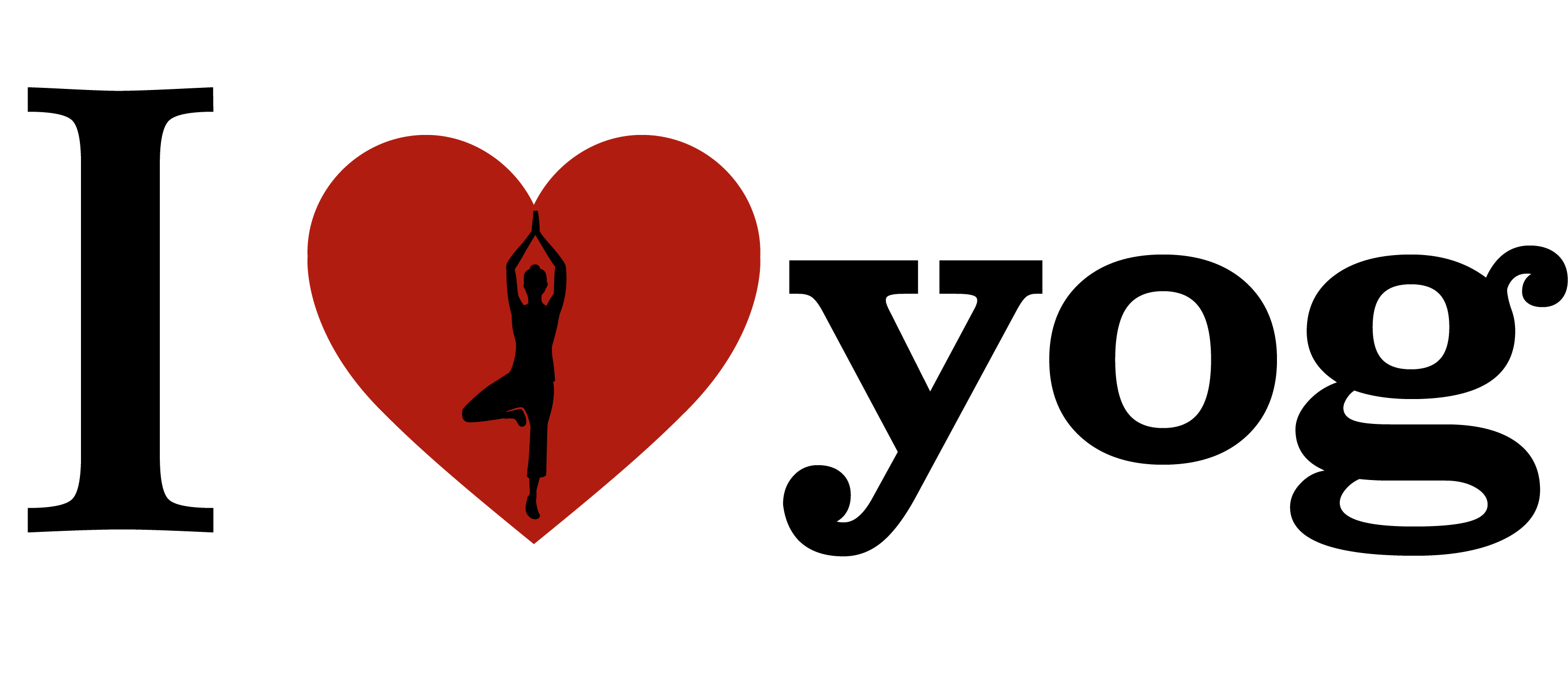Welcome to the world of Pranayama, where breath meets balance and bliss. In this ancient practice rooted in mindfulness and meditation, we dive into the essence of harnessing the power of our breath for overall well-being. Join us on a journey to discover the transformative benefits that Pranayama can bring to your mind, body, and soul. Let’s explore how you can incorporate this practice into your daily routine and unlock a sense of harmony within yourself.
The Meaning and Benefits of Pranayama
Pranayama, derived from the Sanskrit words “prana” meaning life force and “yama” meaning control, is a powerful practice that focuses on regulating the breath to enhance physical, mental, and emotional well-being. By consciously manipulating the breath through various techniques, Pranayama helps cultivate a deep sense of awareness and connection to our inner selves.
The benefits of Pranayama are vast and profound. From reducing stress and anxiety levels to improving lung function and boosting overall energy levels, this practice offers a holistic approach to wellness. It can also aid in sharpening concentration, promoting better sleep quality, and fostering a sense of calmness amidst life’s chaos.
Through regular practice of Pranayama, individuals can experience improved respiratory health, enhanced relaxation response in the body, increased oxygen flow to vital organs like the brain, and a strengthened immune system. It can also help balance the nervous system, reducing feelings of tension and promoting a sense of tranquility.
Furthermore, Pranayama is known to stimulate the parasympathetic nervous system, which helps to slow down the heart rate and induce a state of deep relaxation. This can be especially beneficial for those dealing with chronic stress or anxiety.
In addition to physical benefits, Pranayama also offers mental and emotional benefits. By bringing our awareness to the breath and slowing it down, we can quiet the mind and release any negative thought patterns or emotions that may be holding us back. This practice allows us to tap into our inner wisdom and find clarity, allowing us to approach life’s challenges with a calm and centered mindset.
Pranayama can be practiced on its own or as part of a larger yoga practice. It is accessible to people of all ages and abilities, making it an inclusive practice for all. With consistent practice, Pranayama can help individuals cultivate a deeper connection to their breath and ultimately improve their overall well-being.
Types of Pranayama Techniques
When it comes to pranayama practice, there are various techniques that can be explored to enhance your breathwork experience. One common technique is Anulom Vilom, also known as alternate nostril breathing. This technique involves breathing in through one nostril while closing the other, then switching sides.
Another popular pranayama technique is Kapalabhati, which focuses on forceful exhalations followed by passive inhalations. This rapid breathing exercise helps improve lung capacity and cleanse the respiratory system.
Bhramari Pranayama, or humming bee breath, involves making a buzzing sound during exhalation. This technique can help calm the mind and reduce stress levels effectively.
Ujjayi Pranayama is characterized by creating an oceanic sound in the throat while breathing deeply and slowly through the nose. This method not only promotes relaxation but also increases mindfulness during practice.
Exploring different types of pranayama techniques allows you to find what resonates with you best and adds variety to your breathwork routine.
How to Begin a Pranayama Practice
Embarking on a Pranayama practice can be both exciting and intimidating. To begin, find a quiet space where you can sit comfortably. Start by focusing on your breath, observing its natural rhythm without trying to control it.
Choose a simple technique like “Nadi Shodhana” (alternate nostril breathing) or “Sitali Pranayama” (cooling breath) to start with. These techniques are beginner-friendly and help in calming the mind.
As you progress, remember that consistency is key. Set aside just a few minutes each day to dedicate to your practice. Gradually increase the duration as you become more comfortable with the techniques.
Be patient with yourself; mastering pranayama takes time and practice. Don’t get discouraged if your mind wanders or if you find it challenging at first.
Most importantly, listen to your body. If any technique causes discomfort or strain, stop immediately and consult with a qualified yoga instructor for guidance on modifications.
Starting small and building up gradually will help you establish a solid foundation for your pranayama journey ahead.
Common Challenges and How to Overcome Them
Embarking on a Pranayama practice can bring about numerous benefits, but like any new endeavor, it may come with its own set of challenges. One common hurdle that practitioners face is the difficulty in maintaining focus and concentration during breathing exercises. The mind tends to wander, making it challenging to stay present in the practice.
Another challenge often encountered is physical discomfort or stiffness while sitting for an extended period during Pranayama. It’s essential to find a comfortable seated position that allows you to relax and breathe deeply without distraction.
Moreover, some individuals may struggle with inconsistent breathing patterns or feel overwhelmed by the various techniques available. In such cases, starting with simple breath awareness exercises and gradually progressing to more advanced practices can help build confidence and consistency over time.
To overcome these challenges, patience, persistence, and gentle self-compassion are key. Remember that each person’s journey with Pranayama is unique – embrace your progress at your own pace without comparison or judgment.
Incorporating Pranayama into Your Daily Routine
Incorporating Pranayama into your daily routine can be a transformative practice that enhances overall well-being. Start small by setting aside just a few minutes each day to focus on your breath. Find a quiet space where you feel comfortable and can fully immerse yourself in the practice.
Begin with simple techniques like deep belly breathing or alternate nostril breathing to help calm the mind and reduce stress. As you become more comfortable, explore different pranayama exercises that resonate with you personally.
Consistency is key when integrating pranayama into your routine. Try to establish a regular practice schedule, whether it’s in the morning to start your day off right or in the evening to unwind before bed.
As you make pranayama a part of your daily life, pay attention to how it impacts both your physical body and mental state. Notice any shifts in energy levels, mood, or overall sense of balance.
By making pranayama a priority in your daily routine, you can cultivate mindfulness and create space for inner peace to flourish.
Mindfulness and Meditation in Pranayama
In the practice of Pranayama, mindfulness plays a crucial role. It involves being fully present in each breath, focusing on the inhalation and exhalation with awareness. By cultivating mindfulness during Pranayama, we can deepen our connection to the present moment and let go of distractions.
Meditation complements Pranayama by allowing us to observe our thoughts without judgment. Through meditation, we can develop inner peace and clarity, enhancing the benefits of our breathing practices. The combination of Pranayama and meditation creates a harmonious union between body and mind.
By incorporating mindfulness and meditation into Pranayama practice, we can experience profound relaxation and mental calmness. This integration helps us cultivate self-awareness and emotional balance, leading to a more centered existence. Mindfulness and meditation enrich the transformative power of Pranayama, fostering holistic well-being on all levels – physical, mental, emotional, and spiritual.
Practicing mindful breathing techniques alongside meditative practices enhances the overall efficacy of our journey towards inner harmony.
The Importance of Breath and its Connection to Balance
The breath, a constant companion in our lives, serves as a bridge between the mind and body. In the practice of pranayama, each inhale and exhale connects us to the present moment, grounding us in the here and now.
As we focus on our breath, we cultivate awareness of our internal state. This heightened sense of self-awareness allows us to find balance within ourselves, both physically and mentally. By regulating the breath through pranayama techniques, we can calm the mind and release tension stored in the body.
Through mindful breathing practices, we learn to listen to what our bodies truly need. The rhythm of our breath mirrors the ebb and flow of life itself – teaching us that just as there are peaks and valleys in each inhale and exhale, so too are there highs and lows in life.
In this way, exploring the connection between breath and balance not only enhances our physical well-being but also nurtures harmony within ourselves.
Benefits for the Mind, Body, and Soul
When it comes to the practice of Pranayama, the benefits extend beyond just the physical body. The mind, body, and soul all reap the rewards of this ancient breathing technique.
On a mental level, Pranayama helps calm the mind and reduce stress and anxiety. By focusing on your breath, you can achieve mental clarity and improve concentration.
Physically, regular Pranayama practice can enhance lung capacity, increase oxygen flow in the body, and boost overall energy levels. It also aids in improving digestion and balancing hormones.
For the soul, Pranayama creates a sense of inner peace and connection to your spiritual self. It allows for deeper introspection and can help align you with your true purpose in life.
Incorporating Pranayama into your daily routine not only improves your physical health but also nurtures emotional well-being and spiritual growth.
Tips for Practicing Pranayama
When starting your Pranayama practice, find a quiet space where you can focus without distractions. Sit comfortably with your spine straight to allow for easy breathing. Begin by observing your natural breath before starting any specific techniques.
Focus on the quality of your breath rather than trying to force it. Let the breath flow naturally and smoothly, paying attention to each inhale and exhale. Start slowly with simple techniques like deep belly breathing before moving on to more advanced practices.
Consistency is key when practicing Pranayama. Set aside dedicated time each day, even if it’s just a few minutes, to cultivate this powerful practice. As you progress, you may want to explore different techniques and find what resonates best with you.
Listen to your body during Pranayama practice – if you feel light-headed or uncomfortable, take a break and come back when you’re ready. Remember that this is a journey of self-discovery and growth; be patient with yourself as you navigate through the process of mastering the art of conscious breathing.
Conclusion: Finding Bliss through Pranayama Practice
Pranayama practice offers a gateway to finding bliss within ourselves. By harnessing the power of our breath, we can achieve balance and harmony in mind, body, and soul. Through various techniques and mindful awareness, we can tap into the transformative benefits that pranayama has to offer.
By incorporating pranayama into our daily routines, we invite a sense of calm and focus that resonates throughout our day. Overcoming challenges with patience and dedication allows us to deepen our practice and reap its rewards fully.
Remember to approach your pranayama practice with an open heart and a willingness to explore the depths of your breath. With consistency and mindfulness, you can unlock the true essence of pranayama – breathing life into every moment with grace and equanimity.
May your journey through pranayama lead you towards inner peace, radiant health, and profound bliss. Embrace the gift of breath as a guiding force towards holistic well-being – one inhale at a time.


